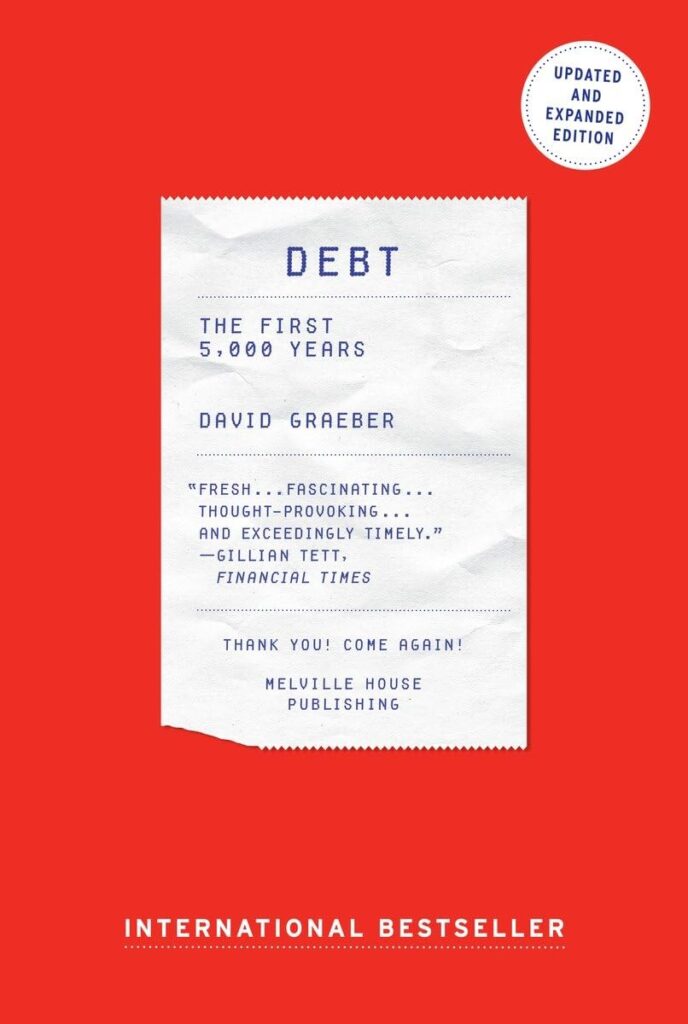
Debt: The First 5,000 Years by David Graeber is a captivating journey through the global history of debt, credit, and money, offering a profound look at the concepts of debt and their impact on human relations, markets, and societies over millennia.[1] For retirees seeking a deeper understanding of the economic and historical forces that shape modern finance, Graeber’s work provides invaluable insights into the evolution of financial systems and their impact on human interactions.
Key Themes Explored by Graeber:
- Historical Evolution of Debt: Graeber’s exploration of the historical evolution of debt, credit, and money offers retirees a fascinating perspective on the long-standing role of debt—even before “money” existed—in shaping human society’s economic and social structures over centuries.[1]
- Debt and Social Relations: The book delves into the impact of debt on social relations, shedding light on how the abstraction of debts through monetary transactions has historically influenced economic power dynamics within societies.[1]
- Economic Cycles and Financial Systems: Graeber’s insight into the cyclical nature of global financial systems provides retirees with a comprehensive historical perspective on the evolution of economic structures, offering valuable lessons from the past to inform contemporary financial decisions.[1]
Graeber’s Insightful Observations:
- With anthropological evidence, Graeber challenges conventional narratives about the history of markets and the concept of debt, shedding light on the intertwined nature of debt as IOUs and existential obligations to society or religion, economic power, and social structures throughout history, offering readers a fresh perspective on the underpinnings of our financial lives.[1]
- By emphasizing the historical and economic dimensions of debt, Graeber’s work offers retirees a compelling lens through which to view the evolution of financial structures and their impact on personal finances and economic decision-making.[1]
Relevance to Economic History and Personal Finances:
- Debt: The First 5,000 Years goes beyond traditional economic analysis, offering retirees a rich historical perspective on the interplay between debt, credit, and economic power, making it an essential read for those seeking to deepen their understanding of economic history.[1]
- The book’s relevance in the context of personal finances is particularly compelling for retirees, as it prompts them to reflect on the historical forces that have shaped modern financial systems, providing valuable insights to inform their own conceptions of money and finance.[1]
Debt: The First 5,000 Years by David Graeber is a thought-provoking work that challenges conventional narratives and provides a compelling historical perspective on the evolution of financial systems, making it an essential read for retirees seeking a deeper understanding of economic history and its impact on personal finances.
However, if you have questions about your own specific financial situation, Click HERE to reach out to one of our professionals at Zinnia Wealth Management today for a complimentary review of your finances.
[1] Debt: The First 5,000 Years by David Graeber, 2011. Book, Print Edition.






